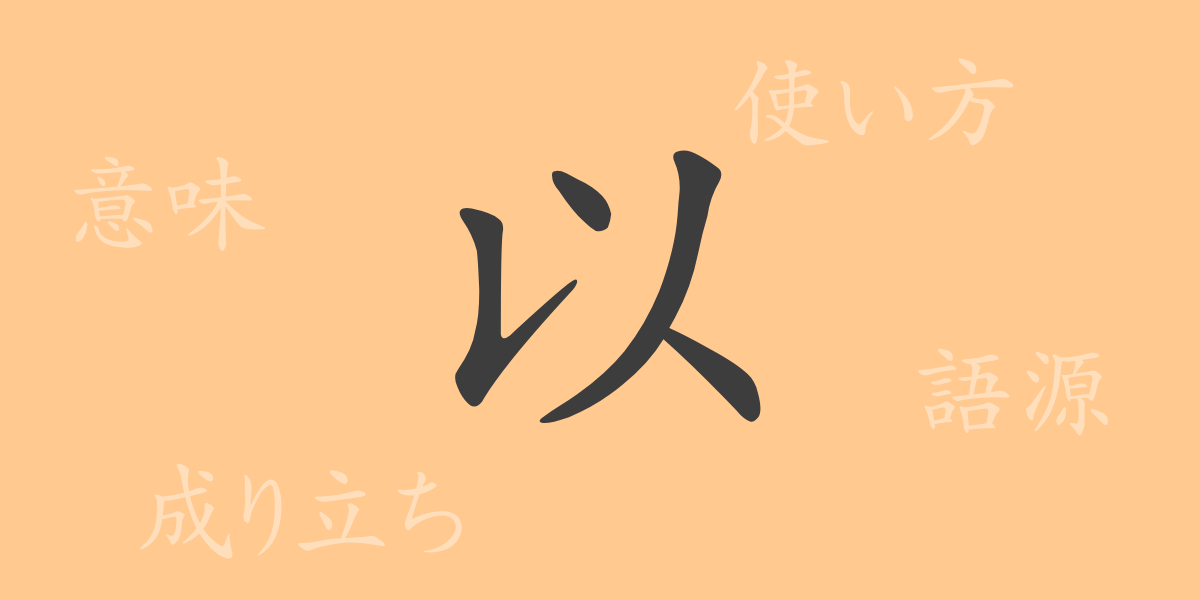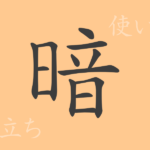“
The meaning and history behind each Kanji character reveals the profound depth of the Japanese language. This article focuses on the commonly used Kanji ‘以’ (I), exploring its origins and contemporary usage. Let’s delve into the rich world of this character, accessible to both Japanese learners and native speakers.
Origins of 以 (I)
The Kanji ‘以’ originated from ancient Chinese pictographs, initially representing the verb ‘to use’. It evolved from a depiction of a tool held in the hand, symbolizing the means or method of performing an action. Over time, its form changed, settling into the current shape we recognize today.
Meaning and Usage of 以
‘以’ is used to express ‘by means of,’ ‘by,’ ‘since,’ indicating means, cause, or time. For example, ‘以心伝心’ (Isindensin), meaning ‘from heart to heart,’ emphasizes the importance of non-verbal communication.
Readings, Stroke Count, and Radical of 以
‘以’ is a fundamental Kanji in Japanese, with various readings and structural features.
- Readings: The On’yomi (on reading) is ‘I’, and the Kun’yomi (kun readings) include ‘Mo-tte’.
- Stroke Count: Comprising 5 strokes.
- Radical: The radical is ‘人’ (Hito or Ninben), related to people.
Phrases and Proverbs Using 以
Many idioms, phrases, and proverbs include ‘以’, each enriching Japanese expression. For instance, ‘以心伝心’ (Isindensin) represents an understanding between hearts, ‘以降’ (Ikou) denotes the period after a certain point, and ‘以ての外’ (Mo-tteno-hoka) means something is outrageous. ‘以前’ (Izen) translates to ‘before that time,’ a phrase commonly used in everyday conversation.
Summary of 以
The Kanji ‘以’ is simple yet holds diverse meanings. Its applications in Japanese vary widely depending on the context. As this character illustrates, language transcends mere communication, shaping parts of culture and history. Through exploring ‘以’, we hope you have moved closer to a deeper understanding of Japanese.
“

























